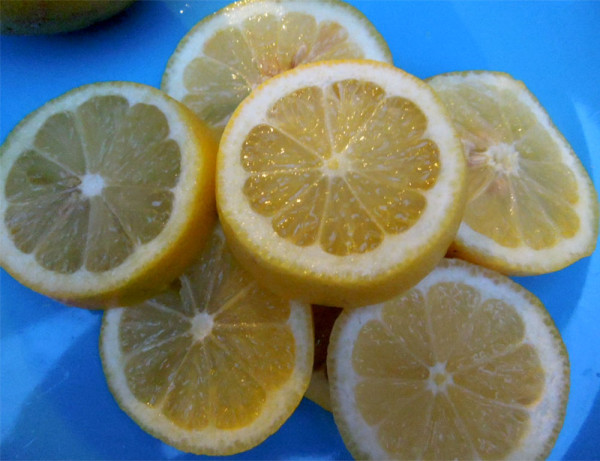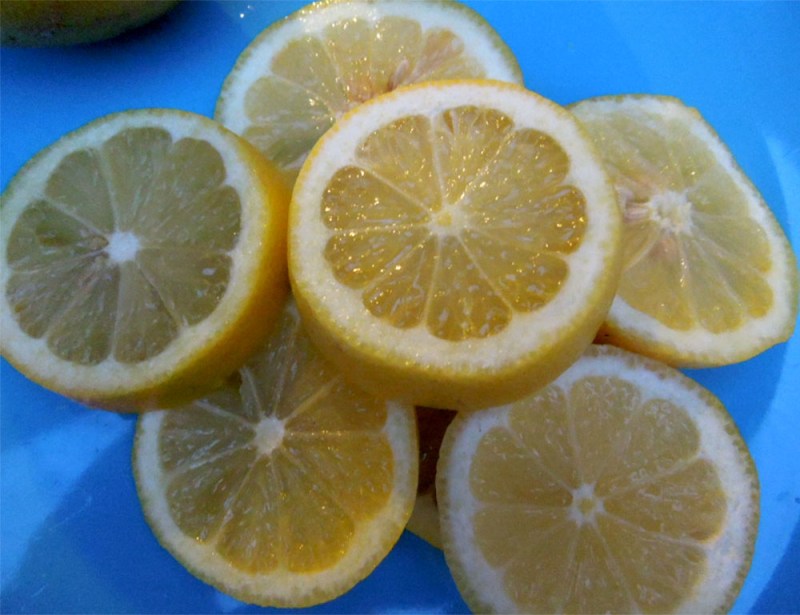As the first brave volunteer, Angela Cattani ‘17, sunk her teeth into the sour lemon, nine other students watched, wincing.
But the volunteer smiled and kept eating the lemon, as though it were candy.

So what caused the lemon to be sweet? A miracle berry, a fruit that contains a molecule called miraculin that binds to receptors on the taste buds and activates sweet receptors.
The berries were provided by James Ousey ‘16 at a small student-run class called “The Chemistry of Taste” that he taught at Freshman Sophomore College’s (FroSoCo) Sophomore Fellows (SoFo) program earlier this month.
So far this year, seven SoFo classes have been taught on subjects ranging from calligraphy and podcasts to space exploration and murals. The student-run classes are about an hour long and are usually attended by six to 15 students.
SoFos began in FroSoCo in 2001 to increase the intellectual vitality of the community.
“This has been an exceptionally successful year for SoFos,” according to Khalil Griffin ‘15, FroSoCo staff member and SoFo organizer.
Ninety of the 160 FroSoCo residents have been involved — an all-time high, which Griffin attributes to funding, resources and the dorm’s purely academic theme.
During the “The Chemistry of Taste” seminar, FroSoCo residents learned why tonic water glows under ultraviolet light and why foam in toothpaste makes drinking orange juice after brushing your teeth taste bitter. Both are caused by molecules within the water and foam — quinine makes the glow and sodium lauryl sulfate dulls the sweet taste receptors. The experiments and explanations brought chemistry out of the traditional classroom.
With a marker pen in one hand, a white board in the other and students seated on the lounge sofas — a far cry from a lecture hall — Ousey drew molecules and explained how they worked inside the body. When he got to the taste mechanism, Ousey sketched a snake-like structure protruding from a smooth, oval-shaped surface.
“This is what a taste bud looks like,” he said. The head end of the “snake” was the pore where the tongue interacts with food. The tail was the nerve which sends the taste signals to the brain.
Ousey combined his two primary interests — food and chemistry — for the class.
“I chose food because it’s pretty universal; everyone eats food,” Ousey said. “If you understand the chemistry behind a few things, you can apply it to your cooking methods.”
Ousey developed his love for cooking when he was in high school in Esparto, California, a town of just over 3,000 people offering no AP science classes. At that time, he weighed 205 pounds.
After Ousey was admitted to Stanford, the thought of college motivated him to slim down. He started cooking nutritious food and developed a health regimen, which he keeps up today.
In college, Ousey’s interest in chemistry was sparked in a class he took last quarter. Ousey combined his interest in chemistry with his love for Alton Brown’s cooking show “Good Eats” on the Food Network.
“[Brown really tries to bring the science behind it to a general part of the population,” Ousey said.
George Fei ‘17 came for the food but stayed for the chemistry. Apart from the miracle berries, Ousey’s teaching style stood out for Fei.
“He started with the example and then explained the chemistry behind it,” Fei said. “He flip-flopped from the way chemistry is normally taught.”
Tebello Qhotsokoane ‘16, who attended Ousey’s SoFo despite his primary interest in politics, complimented how well Ousey conveyed his knowledge.
“I didn’t expect to learn so much chemistry,” Qhotsokoane said.
Contact Katherine Carr at kcarr2 ‘at’ stanford ‘dot’ edu.
